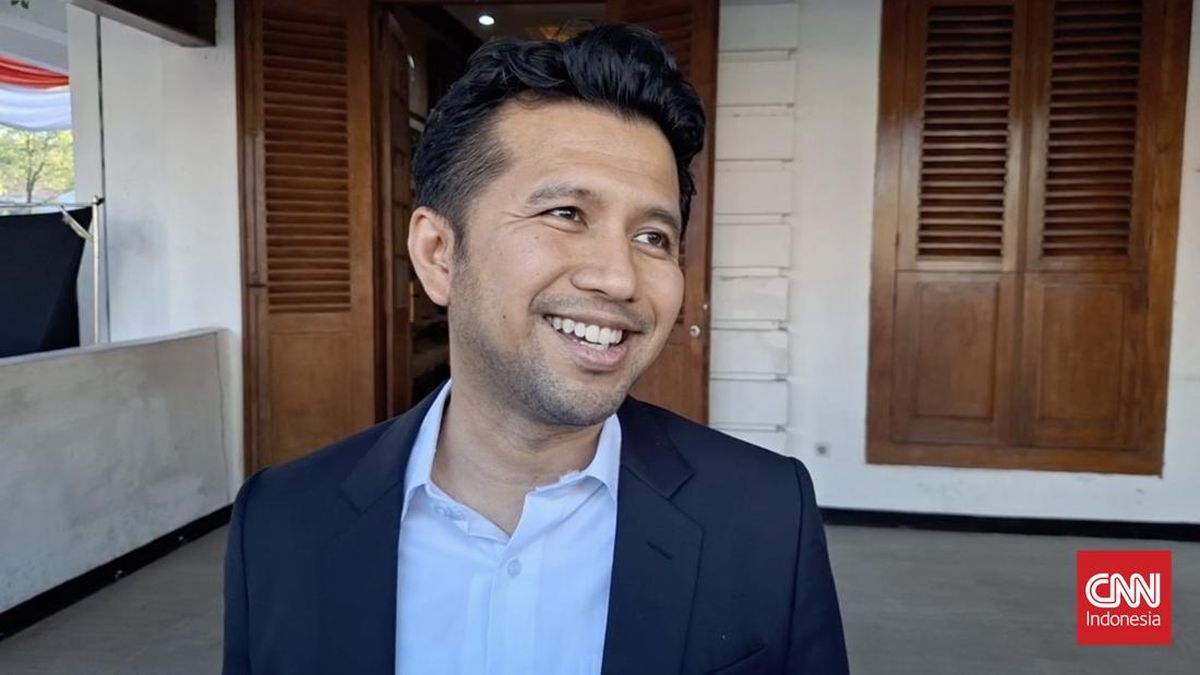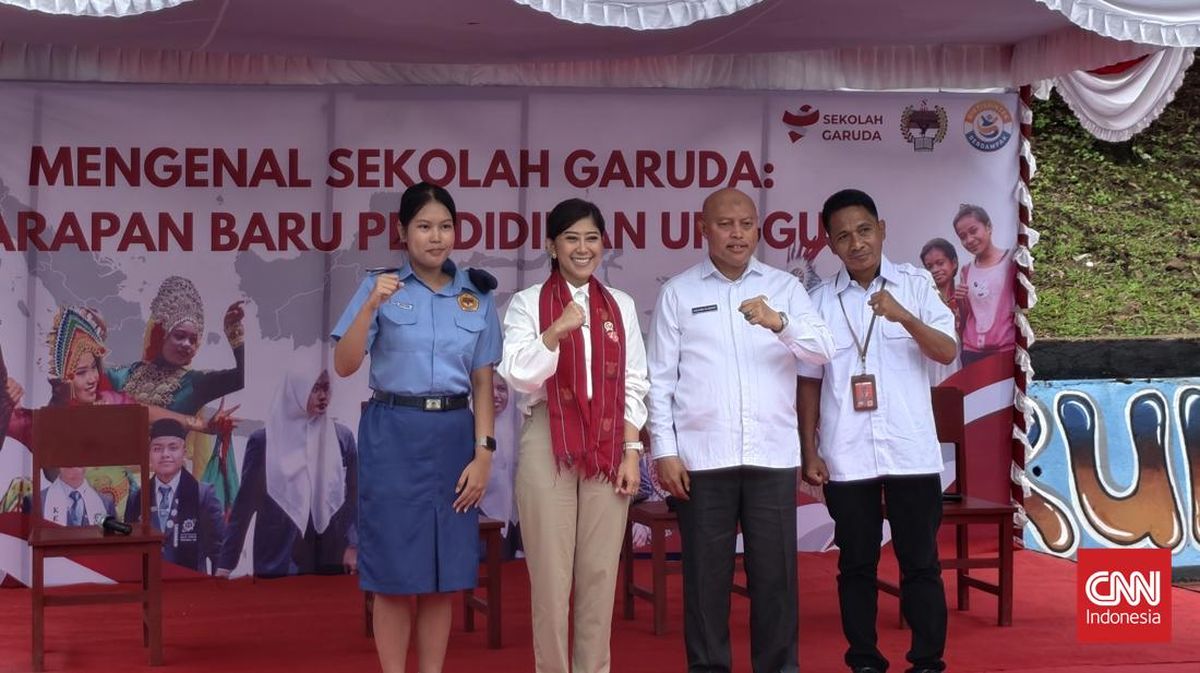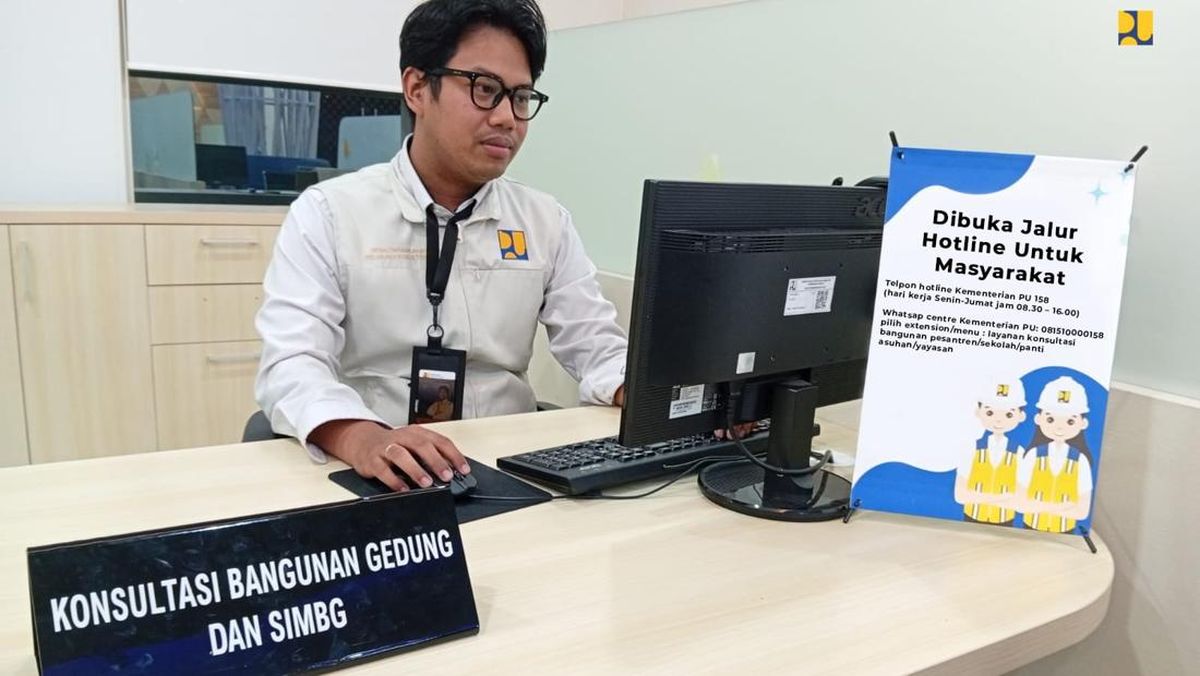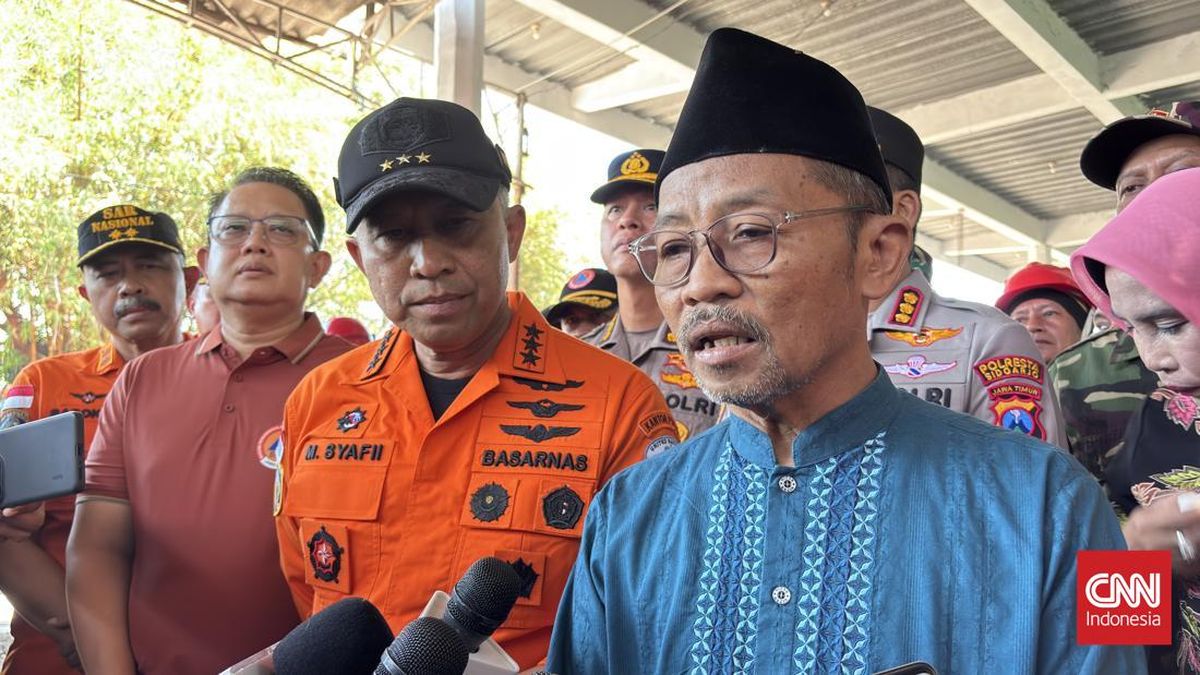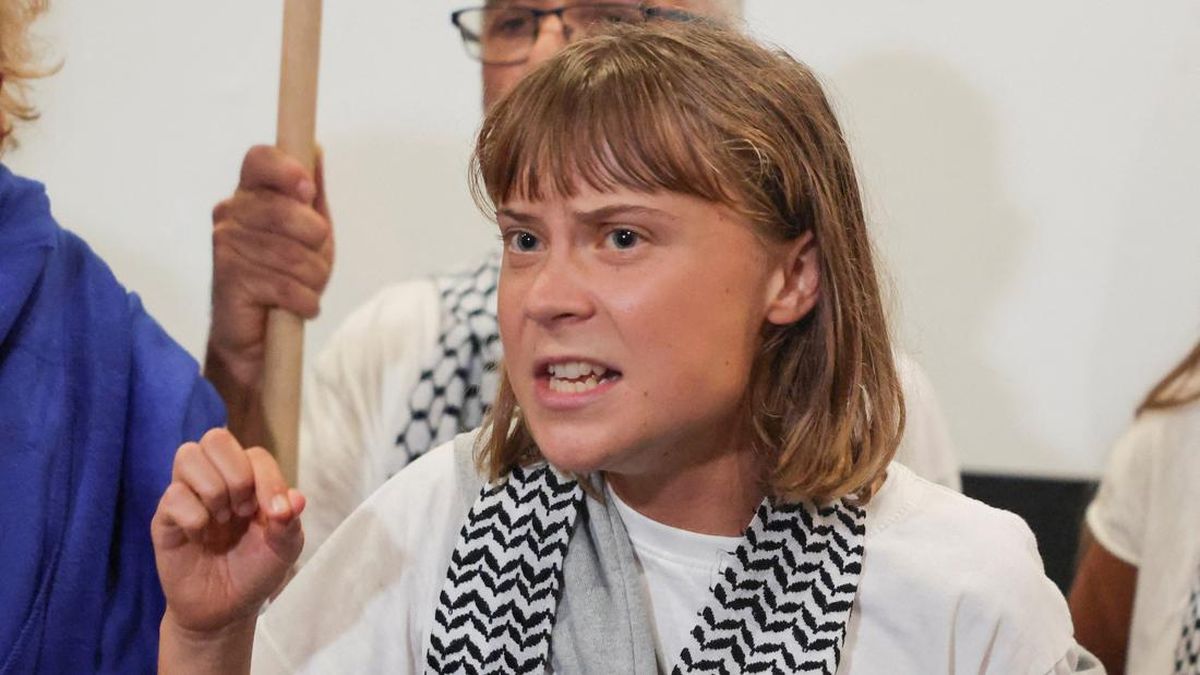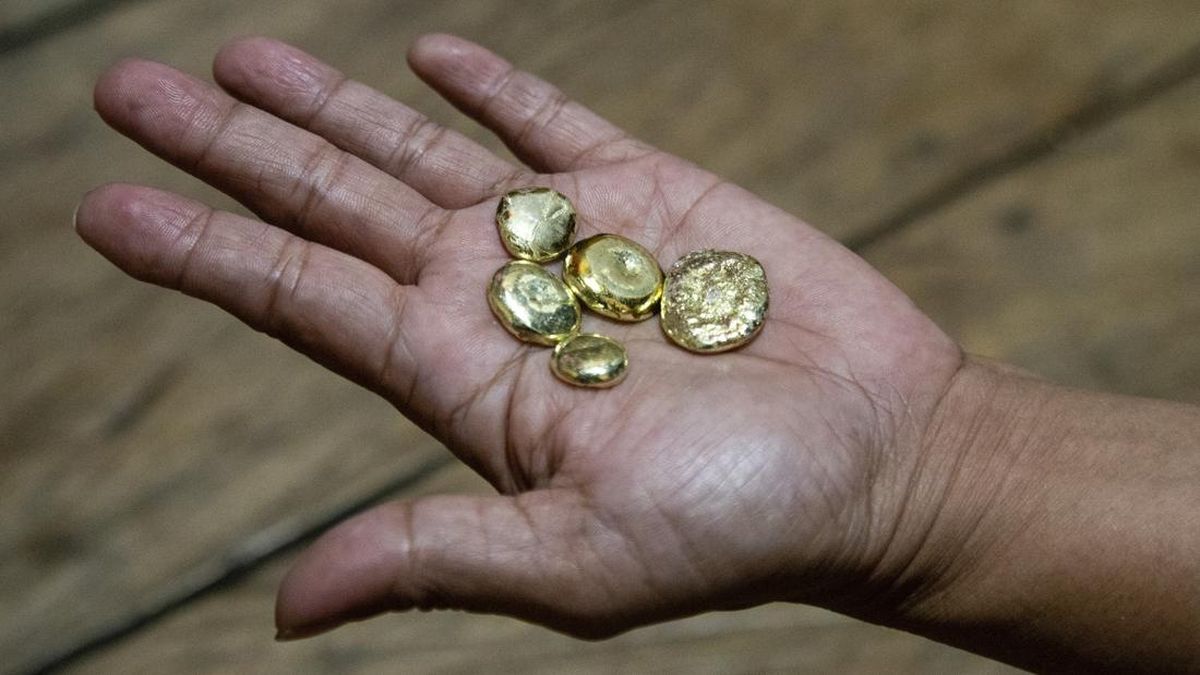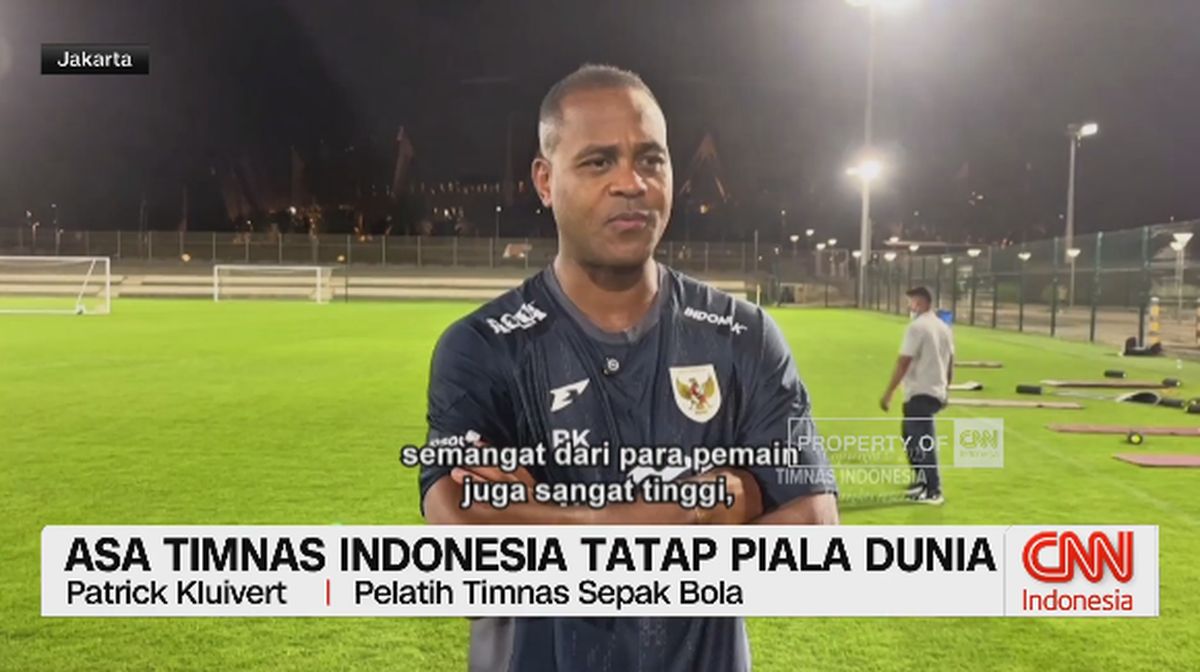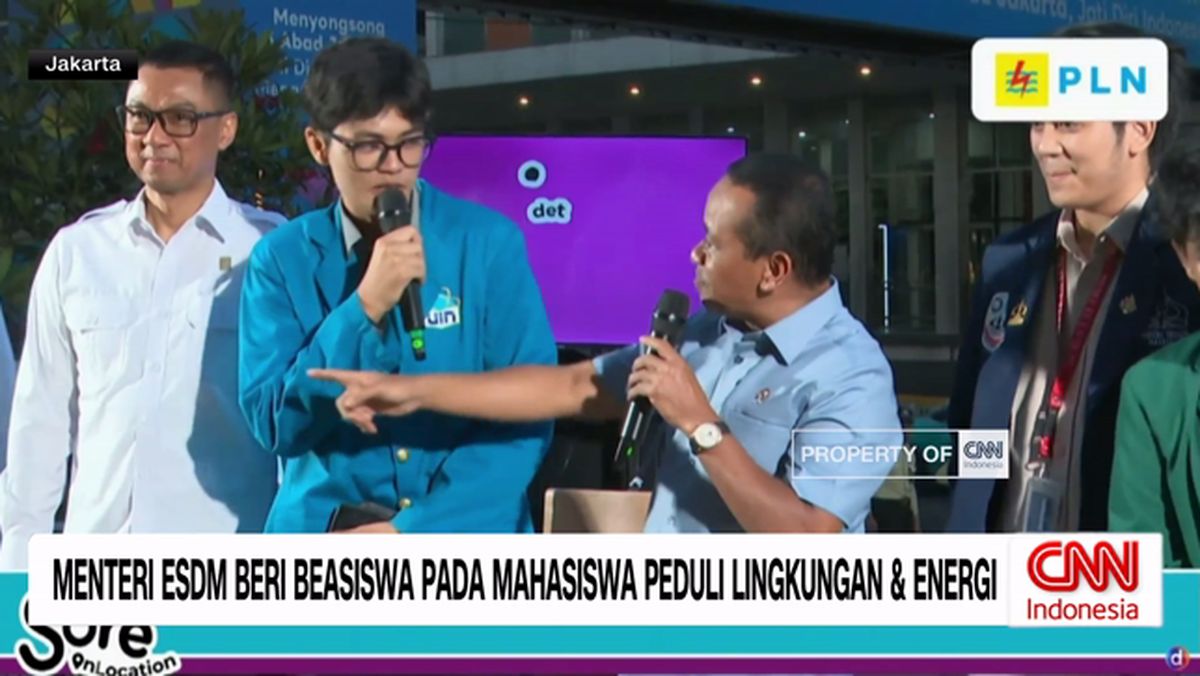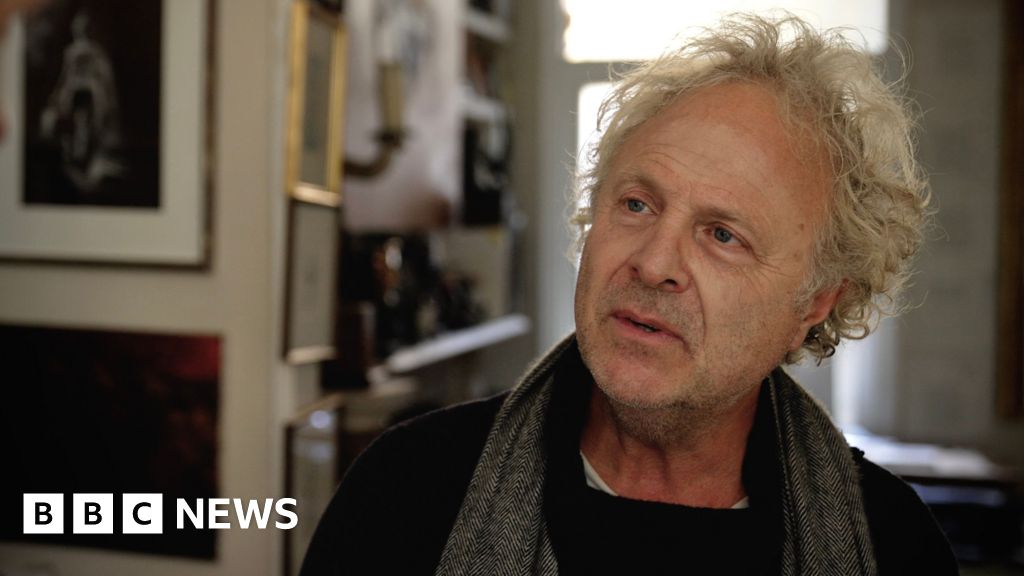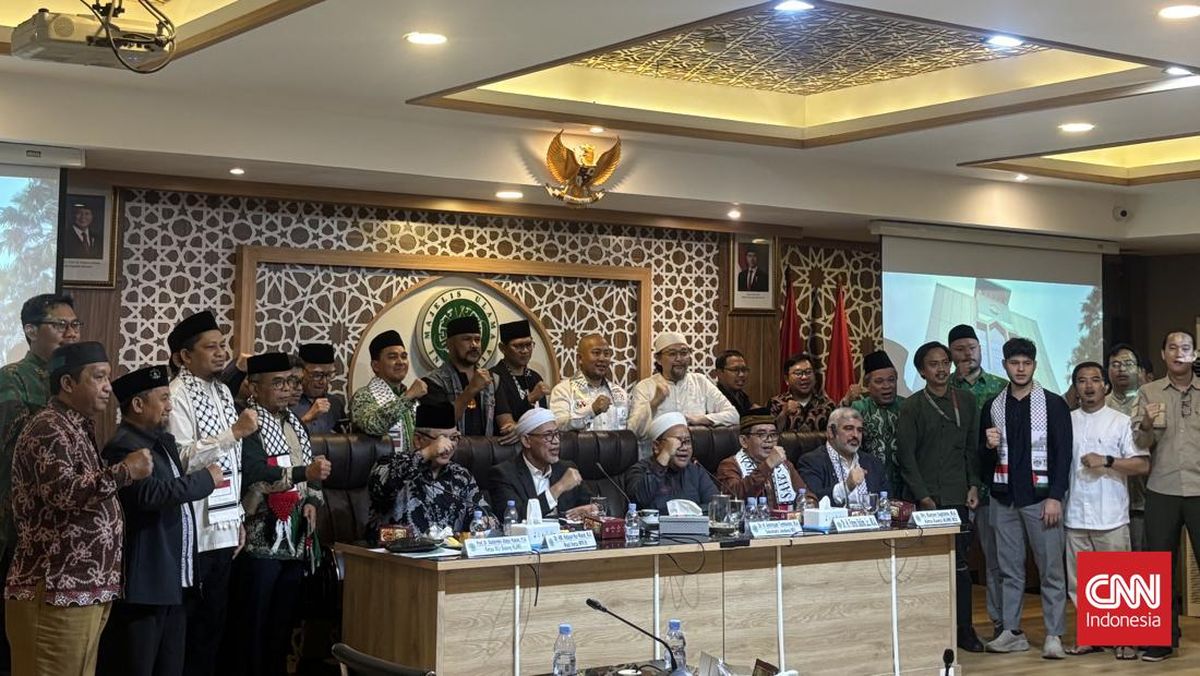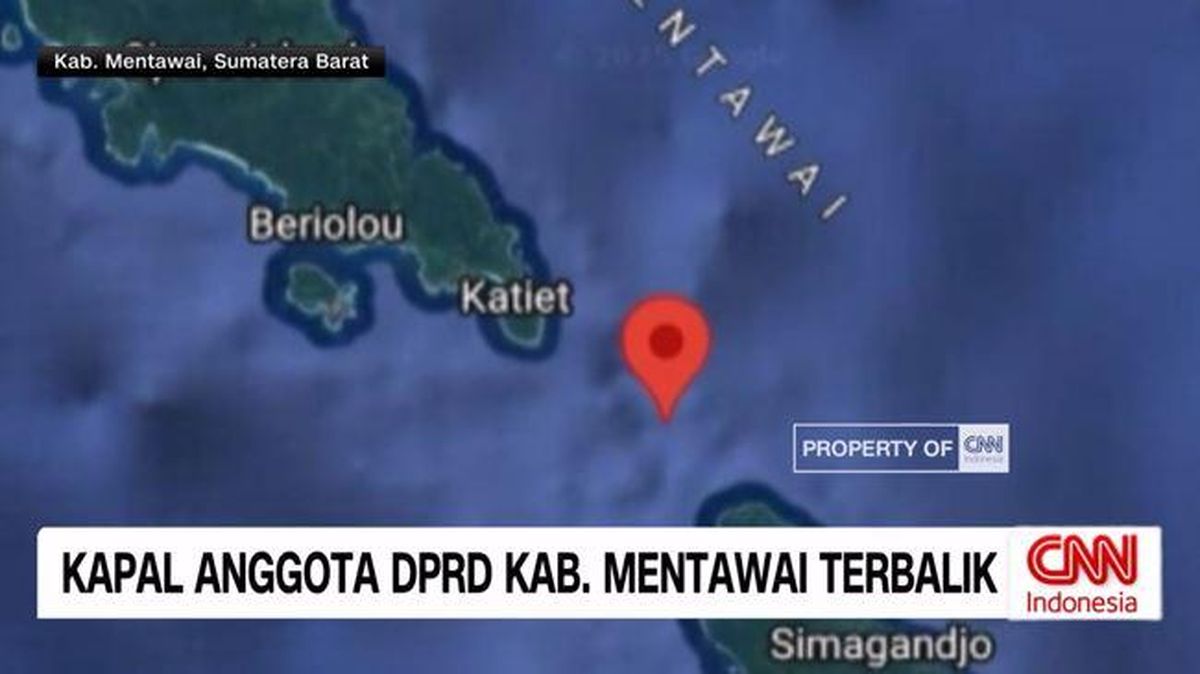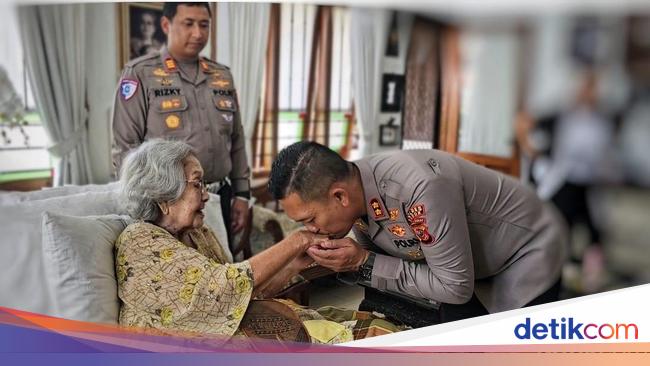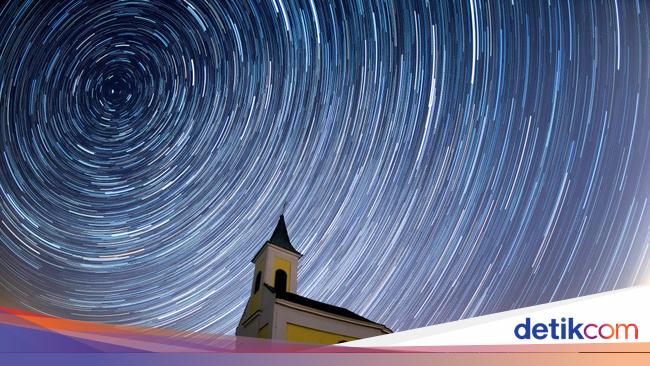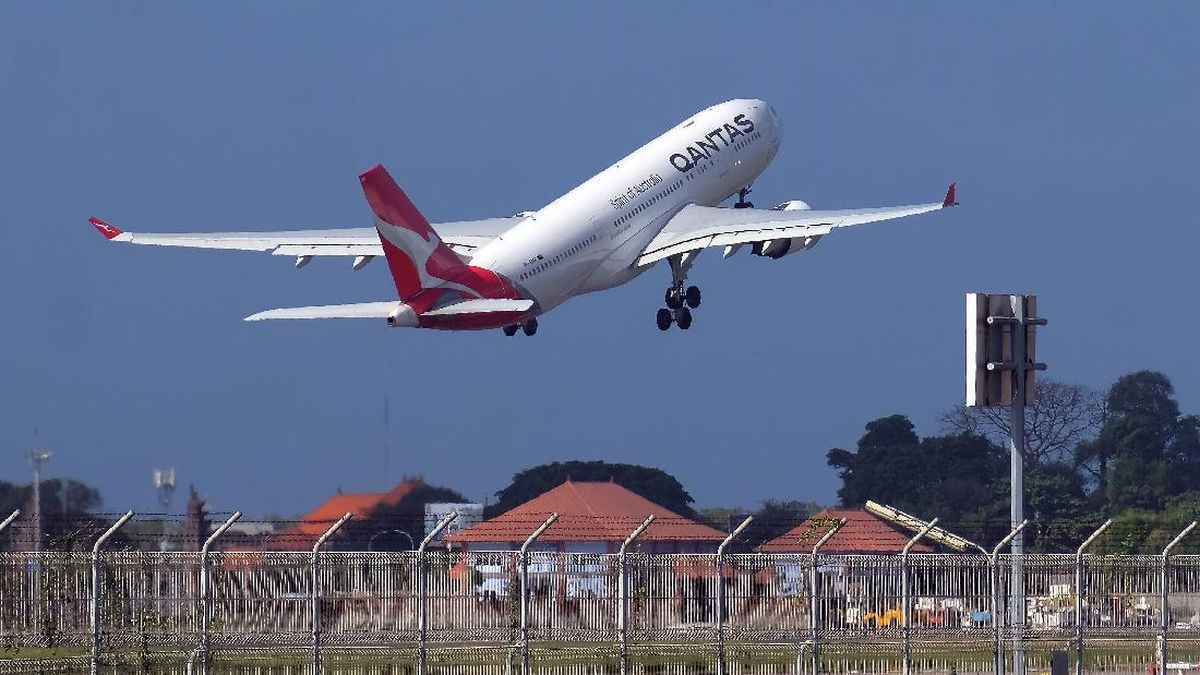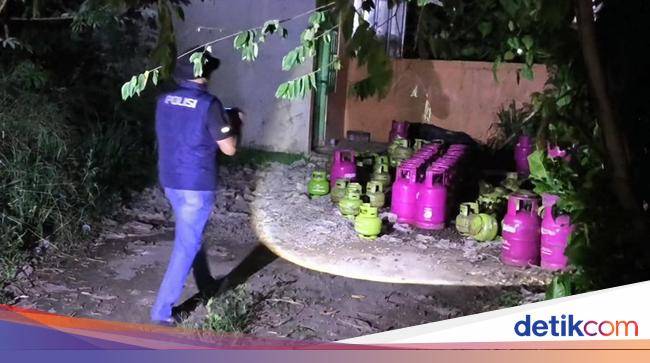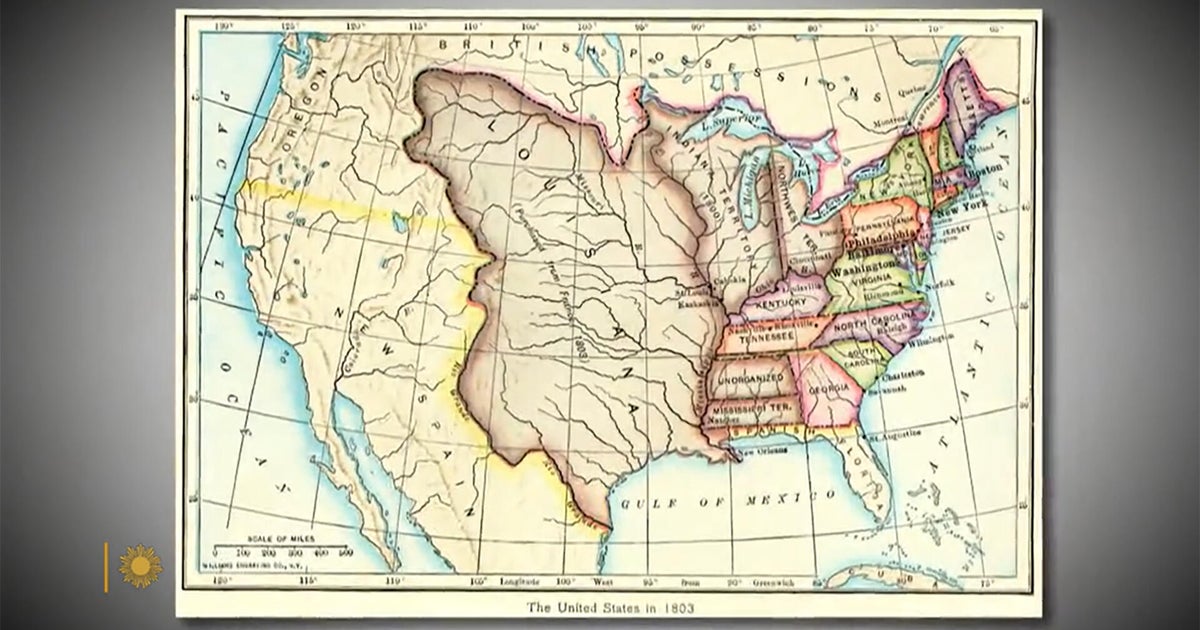ABC nature journalist Dr Ann Jones, best known for her ornithological series, The Secret Lives of Urban Birds and Meet the Penguins, has revealed her wilder side. In the new six-part series, Dr Ann’s Secret Lives, she swaps the gentle art of backyard bird-watching for the choppy seas off Queensland and Western Australia, and the jungles of Borneo, chasing bull sharks, sea snakes, orangutans, sea turtles, dugongs and pangolins. The scientists dedicated to monitoring their survival are as much a focus as the animals.
“We don’t exist separate to nature,” says Jones, who lives with a strictly indoor Maine Coon cat named Bubbles and a freshwater prawn called Prawn Connery.

Dr Ann Jones chases bull sharks, sea snakes, orangutans and sea turtles in her new show Dr Ann’s Secret Lives.
“All natural history documentaries are made on the back of research from people, like those featured in this program,” says Jones. “I think it’s important to not shy away from how we get information, which sometimes means that you’re uncomfortable. But that’s how we find out things that will protect the species.”
In the series, marine ecologist Nicolas Lubitz remarks that the work of biologists is, “95 per cent boredom, 5 per cent chaos”.
Jones agrees: “The majority of the work that a scientist does will be based in an office or a lab, in front of a computer. And so what you see [in the series] is the high point of the year when they actually spend time with the animals. Fieldwork is addictive. I think it fuels the rest of their year.”

Dr Ann Jones watches marine ecologist Nicolas Lubitz tag a bull shark in Dr Ann’s Secret Lives.
In the first episode, Jones joins Lubitz and his team on a perilous expedition tagging bull sharks off the coast of Townsville, during which she becomes visibly distressed as the thrashing fish is roped.
“I was scared, but I expected to worry more about myself,” says Jones. “But the way in which they subdue a shark is by catching it and then turning it upside down, and then it goes into a sleepy state. And to see this animal so completely vulnerable – I’m just a complete softie. And this is probably why I’m a broadcaster and not a scientist. I’m just like, ‘Oh my god, let it go! Let it go!’”
In Moreton Bay near Brisbane, the seagrass-munching dugong stole her heart. “They were surprisingly muscular. They have really dense whiskers, triple the thickness of a cat whisker. And their breath smells like grass.”
Loading
Some of her favourite animals didn’t make the final cut. “I absolutely fell in love with the squirrels in Borneo. Every time I saw a squirrel, I squealed. They even have pygmy squirrels, the size of a cicada.”
Encountering the extremely endangered pangolin in Borneo, along with the orang-utan, to fulfil the ABC’s remit to include the Asia Pacific region, Jones was enchanted.
“Although they look like dragons dressed in armour, they’re actually a mammal,” she says. “You can’t help but fall in love with them. They’re so, so weird. They’re one of the only mammals that don’t have teeth. They’ve got spiky tummies.”
Pangolins are also, she points out, “the most trafficked animal on Earth”.
“I think people who really love nature and study anything to do with ecology are often tinged with grief and worry,” she says. “It’s not something that you can shake.”
When the worry becomes overwhelming, Jones, who describes herself as “more of an observer than a socialiser”, goes to ground, literally.
“I spend a lot of time crawling around looking at very small things in the bush – fungi and orchids and things like that,” she says. “The small things are completely engrossing for me. It’s like watching tiny little worlds. And when you start to understand a little bit about lichens, they’ve got the most magical names, like ‘pixie cup’, and ‘gritty British soldiers’.
“And once you start to be able to see these things, and see mosquito orchids, and flying duck orchids that look like little flying ducks, I suppose it takes you back to being a kid, to before we knew about the pressures on the environment.”
Dr Ann’s Secret Lives premieres at 8.30pm, on Tuesday, July 15, on the ABC.
Most Viewed in Culture
Loading

